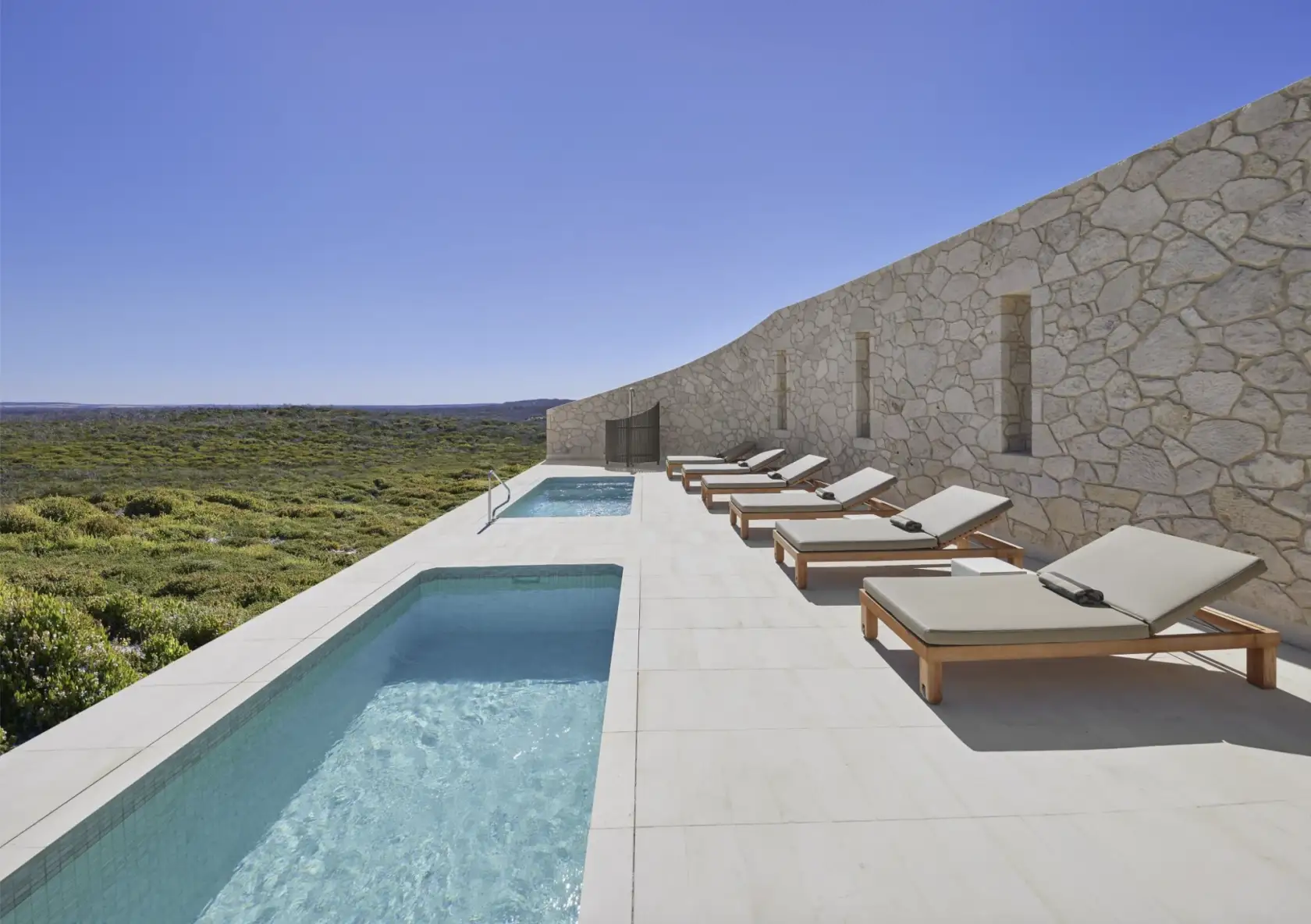

How To Make Your Pool More Sustainable?
The year is 2022. The world is finally coming up for air after two of the most disruptive years in living memory. Households are feeling the pinch of post-pandemic living and all that is brought by it. As we find new focus, we're reminded that our environment is still in dire need of help. As a result, sustainability is once again being seen as a priority. Despite the wishful thinking of some, the pool industry is changing and will continue to do as a result of these needs. In this article, we'll cover some of the key points regarding pool sustainability.
Why Is Sustainability So Important Right Now?
The obvious answer to this question is climate change. There are many bigger and more impactful polluters out there than swimming pools there's no doubt about that. But pools (and spas) certainly use their share of resources when you zoom in on the family utility bill.
In a period where the cost of living is rising by the day, families are looking at more ways to reduce strain on their budget, and the giant hole in the ground filled with water and heated by gas certainly looks to many like a good place to start.
Making Sustainability Feel Attainable (It’s Not As Expensive As People Think)
Traditionally speaking, whenever the idea of making something 'more sustainable' was mentioned, most people would instantly be wondering "how much more is this going to cost me?". Although this sentiment is definitely changing, the process is slow and sustainability still exists as something of a buzzword for a lot of people. Being a part of the pool and spa industry, it's our job to alleviate some of these concerns as the truth is; sustainable pools exist to save money in the long run. This is the big selling point for sustainability right now. Yes, we're all worried about the consequences of not trying to be greener, but the thing many people are worried about right now is how they can enjoy their pool at home while still fitting it into the budget.
What Are The Least Sustainable Parts Of Pools And Spas?
So in the interest of reducing waste, reducing the use of resources, and of course the impact of pool ownership on the utility bill; what are the most costly aspects of pool ownership?
Starting from the start, let's talk about the materials used to build pools. The main options here are concrete, fibreglass, and vinyl; of which, the latter appears to be clearly the most sustainable. Vinyl pools are able to be made of many recyclable materials and are also recyclable themselves. Fibreglass isn't too bad but still uses a lot of chemicals to produce and is tricky to recycle. Finally, the least sustainable is concrete. The production of concrete has been a major polluter for many years, though that industry is rapidly finding ways to clean up its processes. Concrete pools are also a great home for algae, resulting in the need for more chemical control to prevent build-up.
Filling the pool itself is a necessary step and can't be avoided. It isn't really one of the most expensive steps but the need to refill the pool in hotter months, especially in drought-affected areas can be a concern.
By far and away the most expensive part of owning a pool is when making use of a traditional gas-powered pool heater. These use a large amount of fossil fuel to run, as well as being an expensive portion of the monthly power bill. Back in 2019, the South Australian government estimated a gas pool heater would cost a family up to $17 per hour of usage. Back then, natural gas cost just over $7 a gigajoule. At the time of writing this article, natural gas costs $27 per gigajoule. A 285% increase. Yikes.
What Are The Best Ways To Make A Pool Sustainable?
So now that we've beaten the point to death about the importance of sustainability, let's check out the options available to help pool owners go green.
Solar Pool Heating
Heating the pool is the most expensive aspect of ownership and as such, there are plenty of gains to be made here. The use of solar pool heating is a brilliant alternative that is becoming a more inviting option as time goes by. The initial outlay on a solar pool heater is definitely a consideration to make, but as the technology becomes more competitive, the prices have been falling as well. Additionally, given the cost of gas at present, the savings afforded by solar power are a lot more clear-cut.
Thermal Pool Cover
This works hand in hand with the solar pool heating option. By using a thermal pool cover, the water retains substantially more heat and is less prone to evaporation in the summer months as well.
Choosing Sustainable Pool Chemicals
Classic pool chemicals like chlorine have a notable impact on the environment mainly due to the nature of their production. Some usage of chlorine is going to be necessary, even if it's just a 6-monthly chlorine shock to the pool. However, there are more and more naturally occurring mineral-based pool chemicals available out there. This also applies to pool water stabilisers as well.
So there you have it! Sustainability is an important part of any changing industry and ours is no different. As it becomes a larger conversation point for us all, being clued up on the best methods to reduce your footprint works in everyone's favour.
